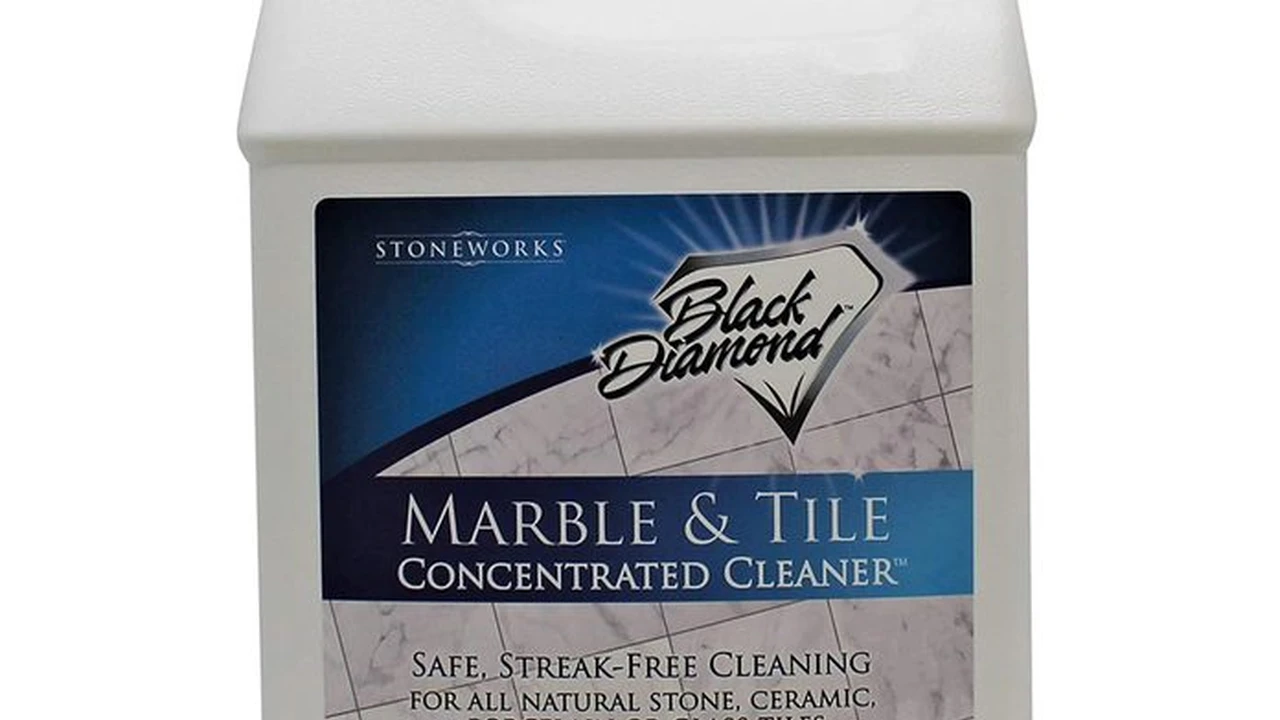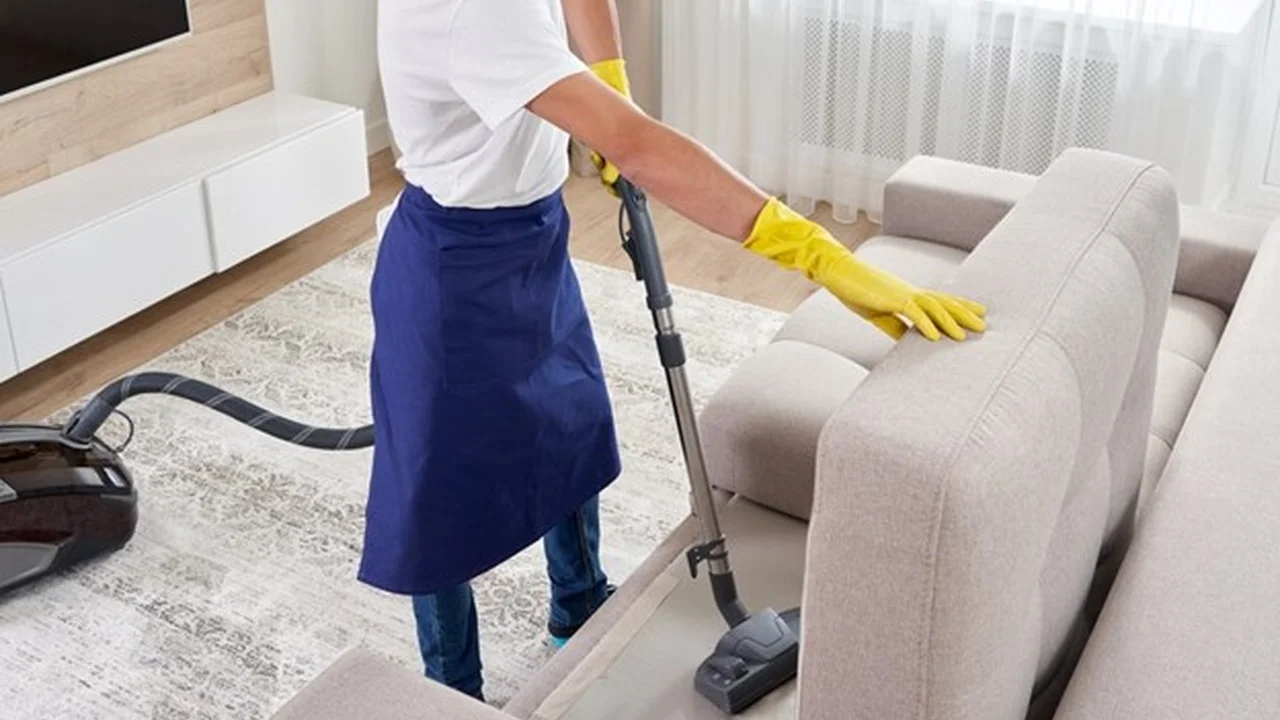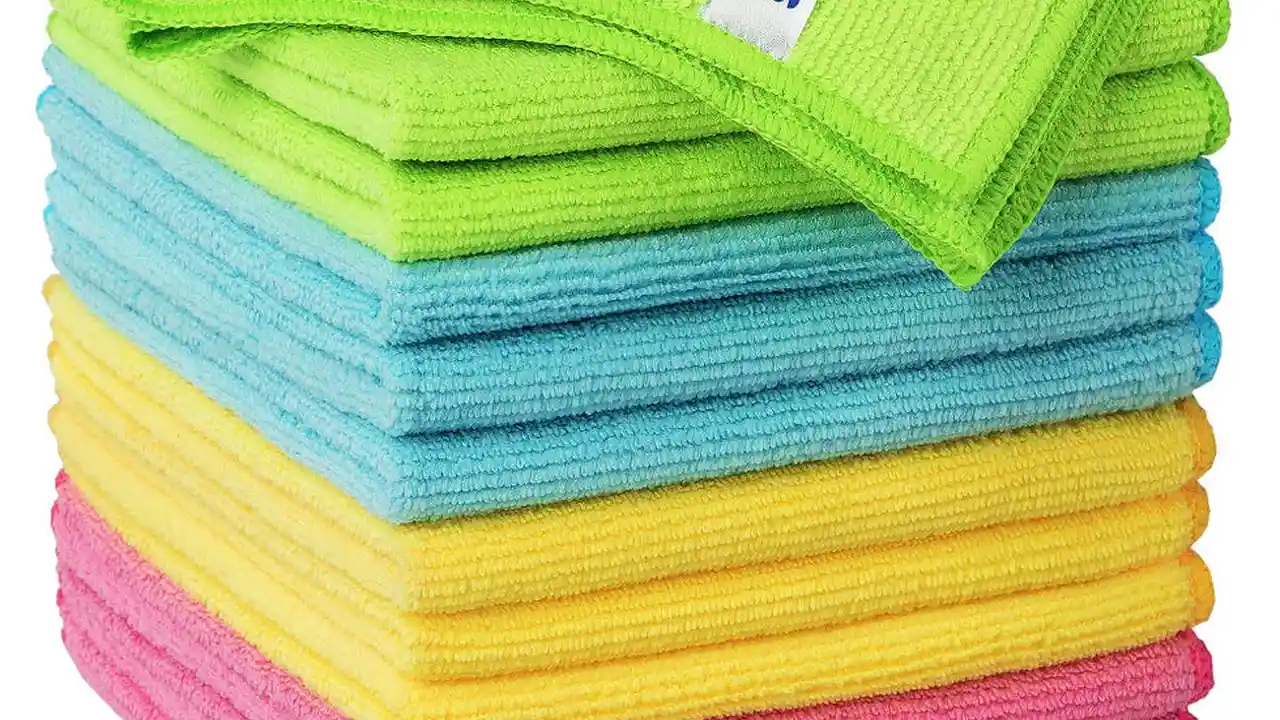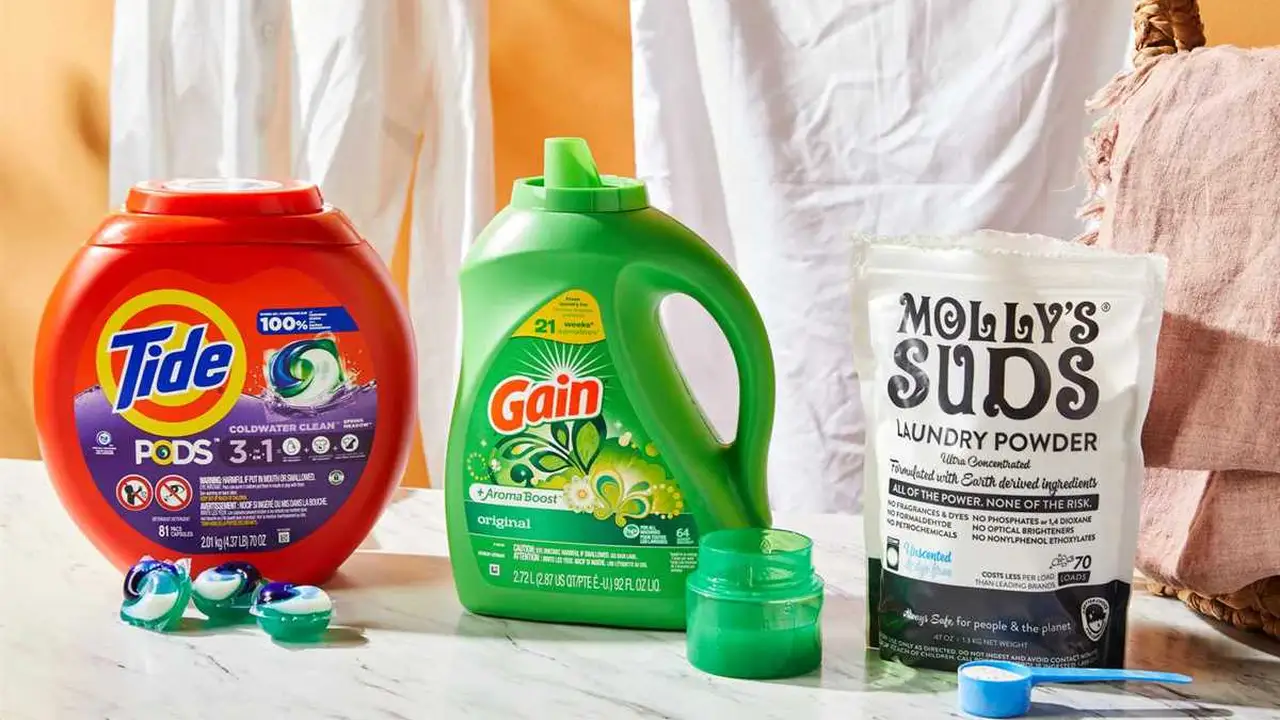7 Best Wood Furniture Polishes: Maintain the Beauty of Wood
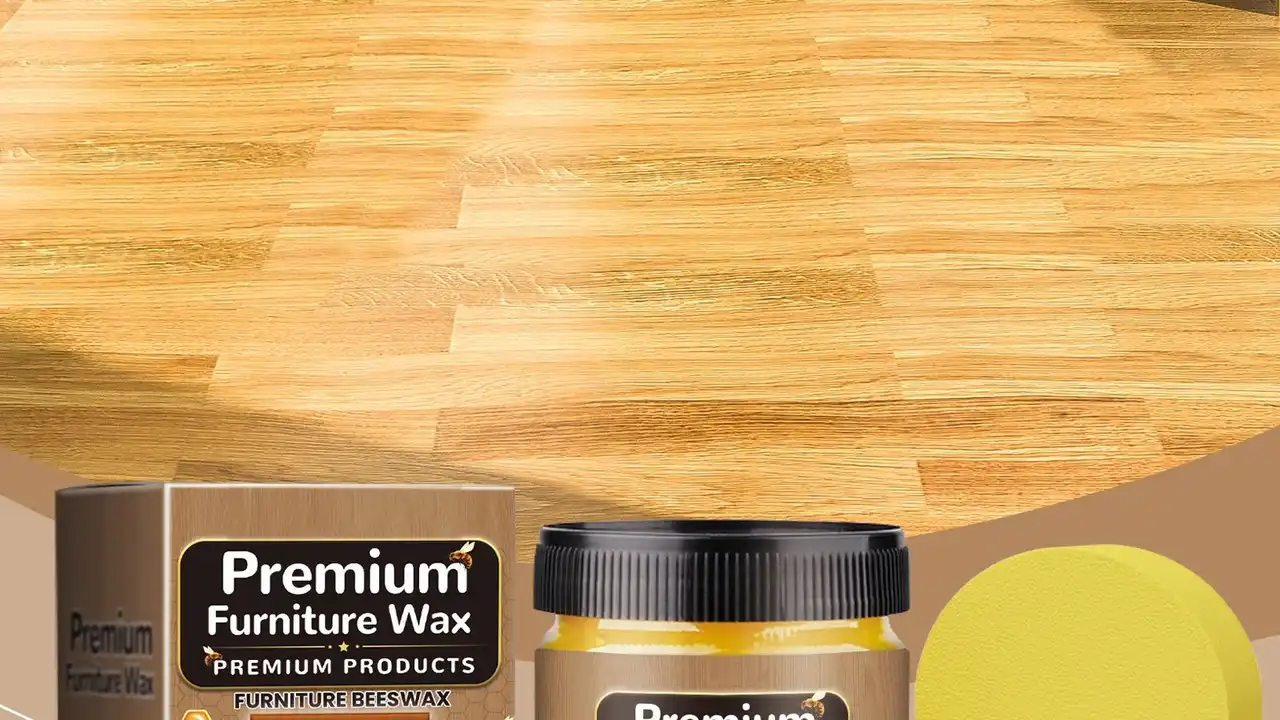
Understanding Wood Furniture Polish The Key to Longevity and Beauty
Hey there, wood lovers! Ever wondered how to keep your cherished wood furniture looking its absolute best? The secret weapon is wood furniture polish! But with so many options out there, choosing the right one can feel overwhelming. Don't worry, we're here to break it all down and help you find the perfect polish to maintain that gorgeous sheen and protect your investment for years to come.
Why Polish Your Wood Furniture The Benefits Explained
So, why bother with wood polish in the first place? Well, it’s more than just making your furniture shine. Think of it as a shield against the elements. Polish helps:
- Protect against moisture: Water rings from drinks? Polish helps repel those pesky stains.
- Prevent scratches: A good polish can fill in minor scratches and create a protective layer.
- Restore luster: Over time, wood can lose its natural shine. Polish brings it back to life.
- Prolong lifespan: By protecting against damage, polish helps your furniture last longer.
- Dust Repellency: Some polishes even help repel dust, making your cleaning routine a little easier.
Choosing the Right Wood Polish Type Matters
Not all wood polishes are created equal! Let's explore the main types:
- Oil-Based Polishes: These penetrate the wood, nourishing it from within. Great for older, dry wood. They tend to leave a richer, deeper shine. However, they can attract dust and require more buffing.
- Wax-Based Polishes: These create a hard, protective layer on the surface. Excellent for preventing scratches and water damage. They provide a durable finish but can build up over time, requiring occasional stripping.
- Water-Based Polishes: These are a newer option, often with lower VOCs (volatile organic compounds). They're generally safer for the environment and your health. They offer decent protection and shine, but may not be as durable as oil or wax-based polishes.
- Aerosol Polishes: Convenient and easy to apply, but often contain harsh chemicals and can leave a residue. Use these sparingly and in well-ventilated areas.
Top 7 Wood Furniture Polishes Our Expert Recommendations
Alright, let’s get to the good stuff! Here are our top picks for the best wood furniture polishes on the market, considering factors like performance, ease of use, and value:
1. Howard Feed-N-Wax Wood Polish and Conditioner Best Overall Wood Polish for Dry Wood
Why we love it: This stuff is like a spa day for your wood furniture! It's a blend of beeswax, carnauba wax, and orange oil that nourishes, protects, and polishes in one step. Perfect for dry, thirsty wood.
Use Case: Ideal for antique furniture, wood cabinets, and any wood surface that needs a little TLC. Especially good if you live in a dry climate.
Pros: Deeply conditions, easy to use, leaves a beautiful shine, pleasant orange scent.
Cons: Can be a bit oily at first, may not be suitable for high-gloss finishes.
Price: Around $15-$20 per bottle.
2. Pledge Lemon Enhancing Polish Classic Wood Polish for Everyday Use
Why we love it: A classic for a reason! Pledge is a quick and easy way to dust and polish your furniture, leaving a fresh lemon scent. Great for regular maintenance.
Use Case: Perfect for dusting and polishing wood tables, chairs, and other furniture on a weekly basis.
Pros: Easy to use, affordable, readily available, leaves a fresh scent.
Cons: Doesn't offer deep conditioning, can leave a residue if overused.
Price: Around $5-$10 per can.
3. Old English Lemon Oil Furniture Polish Best Wood Polish for Dark Wood
Why we love it: This oil-based polish is specifically formulated to enhance the natural beauty of dark wood furniture. It helps conceal scratches and restore luster.
Use Case: Excellent for mahogany, walnut, and other dark wood furniture. Also good for wood paneling.
Pros: Enhances dark wood, helps conceal scratches, easy to apply.
Cons: Can be a bit oily, not suitable for light wood finishes.
Price: Around $8-$12 per bottle.
4. Guardsman Anytime Clean & Polish Best Quick Wood Polish for Busy People
Why we love it: This polish is designed for quick and easy cleaning and polishing. It removes dust, fingerprints, and smudges while leaving a protective shine.
Use Case: Perfect for daily touch-ups and maintaining a clean and polished look.
Pros: Quick and easy to use, removes dust and fingerprints, leaves a protective shine.
Cons: Doesn't offer deep conditioning, may not be suitable for heavily soiled furniture.
Price: Around $10-$15 per can.
5. Minwax Paste Finishing Wax Best Wood Polish for a Durable Finish
Why we love it: This wax-based polish creates a hard, durable finish that protects against scratches and water damage. It's a bit more work to apply, but the results are worth it.
Use Case: Ideal for furniture that gets a lot of use, such as dining tables and coffee tables. Also good for sealing painted or stained wood.
Pros: Durable finish, protects against scratches and water damage, enhances the natural beauty of wood.
Cons: Requires more effort to apply, can build up over time.
Price: Around $12-$18 per can.
6. Weiman Furniture Cream Polish Best Wood Polish for Removing Water Rings
Why we love it: This cream polish is specifically formulated to remove water rings, stains, and other blemishes from wood furniture. It also leaves a protective shine.
Use Case: Perfect for removing water rings from tables, cleaning up spills, and restoring the appearance of damaged wood.
Pros: Effectively removes water rings and stains, leaves a protective shine, easy to use.
Cons: May not be suitable for delicate finishes, test in an inconspicuous area first.
Price: Around $10-$15 per bottle.
7. Murphy Oil Soap Wood Cleaner Best Wood Polish Alternative for Cleaning
Why we love it: While technically a cleaner, Murphy Oil Soap is a fantastic alternative to polish. It cleans and conditions wood without leaving a residue. It's great for gentle cleaning and preparing wood for polishing.
Use Case: Perfect for cleaning wood floors, cabinets, and furniture. Use before polishing to remove dirt and grime.
Pros: Gentle cleaning, conditions wood, doesn't leave a residue, versatile.
Cons: Doesn't provide a high-gloss shine, not a true polish.
Price: Around $5-$10 per bottle.
Applying Wood Polish Like a Pro Step-by-Step Guide
Now that you've chosen your polish, let's talk application:
- Dust First: Always start with a clean surface. Use a soft cloth or duster to remove any dust or debris.
- Test in a Hidden Area: Before applying polish to the entire piece, test it in an inconspicuous area to ensure it doesn't damage the finish.
- Apply Sparingly: A little polish goes a long way! Apply a small amount to a soft cloth.
- Work in Sections: Polish the furniture in small sections, using a circular motion.
- Buff to a Shine: Use a clean, dry cloth to buff the surface until it shines.
- Repeat as Needed: Depending on the type of polish and the condition of your furniture, you may need to repeat the process.
Comparing Wood Polishes Choosing the Best Option for Your Needs
Okay, so which polish is right for you? Here's a quick comparison to help you decide:
- For Dry Wood: Howard Feed-N-Wax is your best bet.
- For Everyday Use: Pledge Lemon Enhancing Polish is a convenient option.
- For Dark Wood: Old English Lemon Oil Furniture Polish will enhance the color.
- For Quick Cleaning: Guardsman Anytime Clean & Polish is perfect.
- For a Durable Finish: Minwax Paste Finishing Wax provides excellent protection.
- For Removing Water Rings: Weiman Furniture Cream Polish is specifically designed for this.
- For Gentle Cleaning: Murphy Oil Soap Wood Cleaner is a great alternative to polish.
Wood Polish Prices What to Expect
The price of wood polish can vary depending on the brand, type, and size of the container. Generally, you can expect to pay:
- Aerosol Polishes: $5-$10 per can
- Oil-Based Polishes: $8-$20 per bottle
- Wax-Based Polishes: $12-$25 per can
- Cream Polishes: $10-$20 per bottle
Consider the size of the area you need to polish and how often you plan to use the polish when making your decision. It's often more cost-effective to buy a larger container if you plan to use it regularly.
Wood Polish Safety Precautions Protecting Yourself and Your Furniture
Before you start polishing, it's important to take a few safety precautions:
- Read the Label: Always read the manufacturer's instructions before using any wood polish.
- Ventilation: Use wood polish in a well-ventilated area.
- Gloves: Wear gloves to protect your hands from chemicals.
- Eye Protection: Wear eye protection to prevent polish from splashing in your eyes.
- Keep Away from Children and Pets: Store wood polish out of reach of children and pets.
- Flammability: Be aware of the flammability of the polish, especially oil-based polishes.
- Disposal: Dispose of used cloths and empty containers properly. Check your local regulations.
Maintaining Your Wood Furniture Regularly The Best Practices
Wood polishing is just one part of maintaining your wood furniture. Here are some other tips to keep your furniture looking its best:
- Dust Regularly: Dust your furniture at least once a week to prevent dust buildup.
- Avoid Direct Sunlight: Direct sunlight can fade and damage wood furniture.
- Use Coasters and Placemats: Protect your furniture from water rings and heat damage by using coasters and placemats.
- Clean Spills Immediately: Wipe up spills immediately to prevent staining.
- Avoid Harsh Cleaners: Don't use harsh cleaners or abrasive materials on your wood furniture.
- Consider Professional Cleaning: For valuable or antique furniture, consider hiring a professional furniture cleaner.
Troubleshooting Wood Polish Problems Common Issues and Solutions
Sometimes, things don't go as planned. Here are some common problems you might encounter when polishing wood furniture and how to fix them:
- Streaky Finish: You may be using too much polish or not buffing enough. Use less polish and buff more thoroughly.
- Hazy Finish: This can be caused by using a polish that's not compatible with the finish on your furniture. Try a different polish or consult a professional.
- Sticky Finish: You may be using an oil-based polish in a humid environment. Try using a wax-based polish or dehumidify the room.
- White Spots: These are often caused by water damage. Try using a cream polish specifically designed to remove water rings.
- Scratch Marks: While polish can help conceal minor scratches, it won't remove deep scratches. You may need to have the furniture professionally repaired.
- Polish Build-Up: Over time, polish can build up and create a dull or cloudy finish. You may need to strip the old polish and re-polish the furniture.
DIY Wood Polish Recipes Simple and Natural Alternatives
Want to try making your own wood polish? Here are a couple of simple recipes:
- Olive Oil and Lemon Juice: Mix 1/4 cup olive oil with 1 tablespoon lemon juice. Apply to a soft cloth and polish the furniture.
- Vinegar and Olive Oil: Mix equal parts vinegar and olive oil. Apply to a soft cloth and polish the furniture.
- Beeswax and Olive Oil: Melt 1/4 cup beeswax with 1 cup olive oil. Let cool and apply to a soft cloth.
These DIY polishes are a great way to save money and avoid harsh chemicals. However, be sure to test them in an inconspicuous area first to ensure they don't damage the finish on your furniture.
The Future of Wood Polishing Sustainable and Eco-Friendly Options
As we become more aware of the environmental impact of our choices, there's a growing demand for sustainable and eco-friendly wood polishing products. Look for polishes that are:
- Low VOC: VOCs (volatile organic compounds) are harmful chemicals that can pollute the air. Choose polishes with low or no VOCs.
- Plant-Based: Look for polishes made with plant-based ingredients, such as beeswax, carnauba wax, and plant oils.
- Biodegradable: Choose polishes that are biodegradable and won't harm the environment.
- Recycled Packaging: Support companies that use recycled packaging.
By choosing sustainable and eco-friendly wood polishing products, you can help protect the environment and keep your furniture looking beautiful for years to come.
:max_bytes(150000):strip_icc()/277019-baked-pork-chops-with-cream-of-mushroom-soup-DDMFS-beauty-4x3-BG-7505-5762b731cf30447d9cbbbbbf387beafa.jpg)



